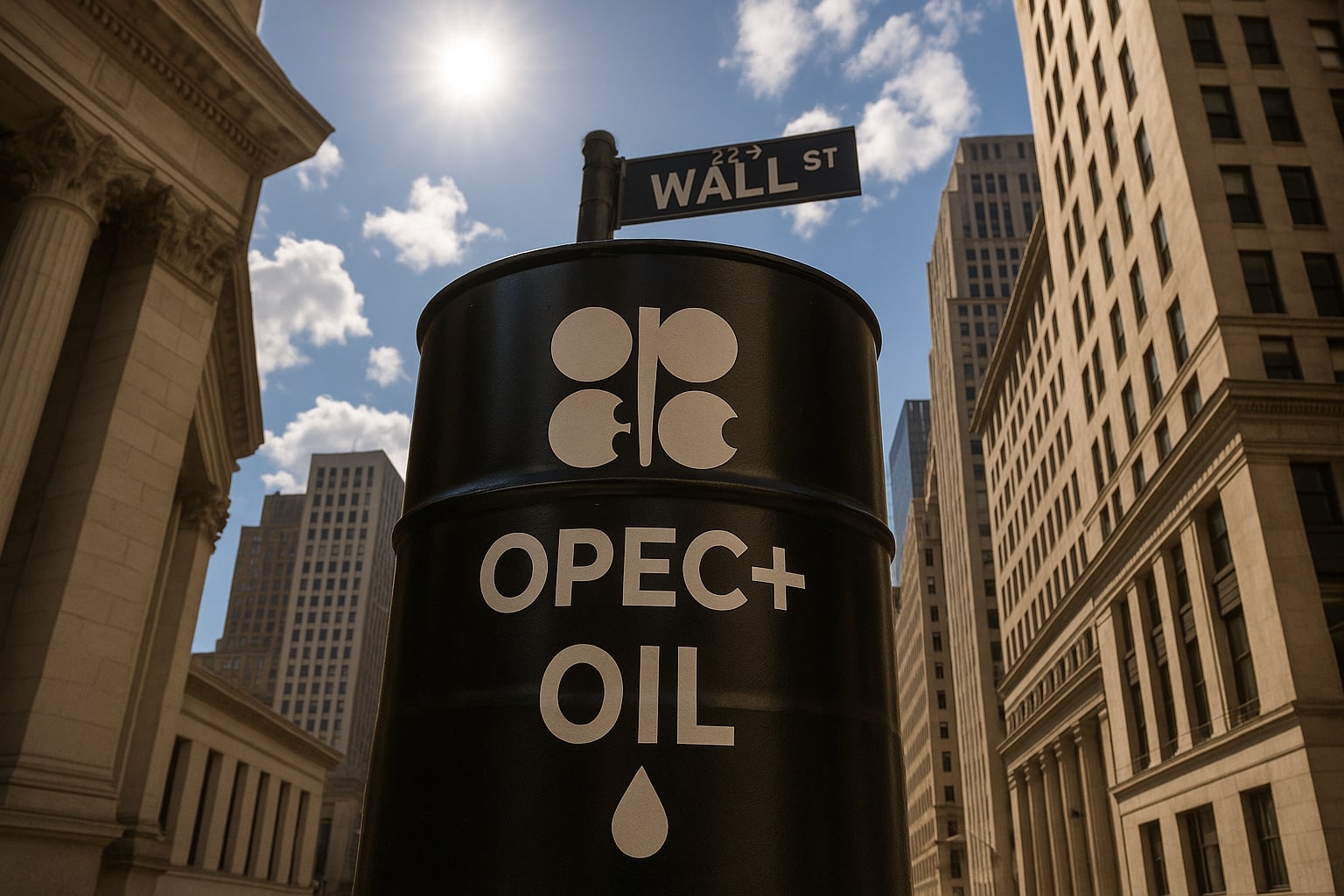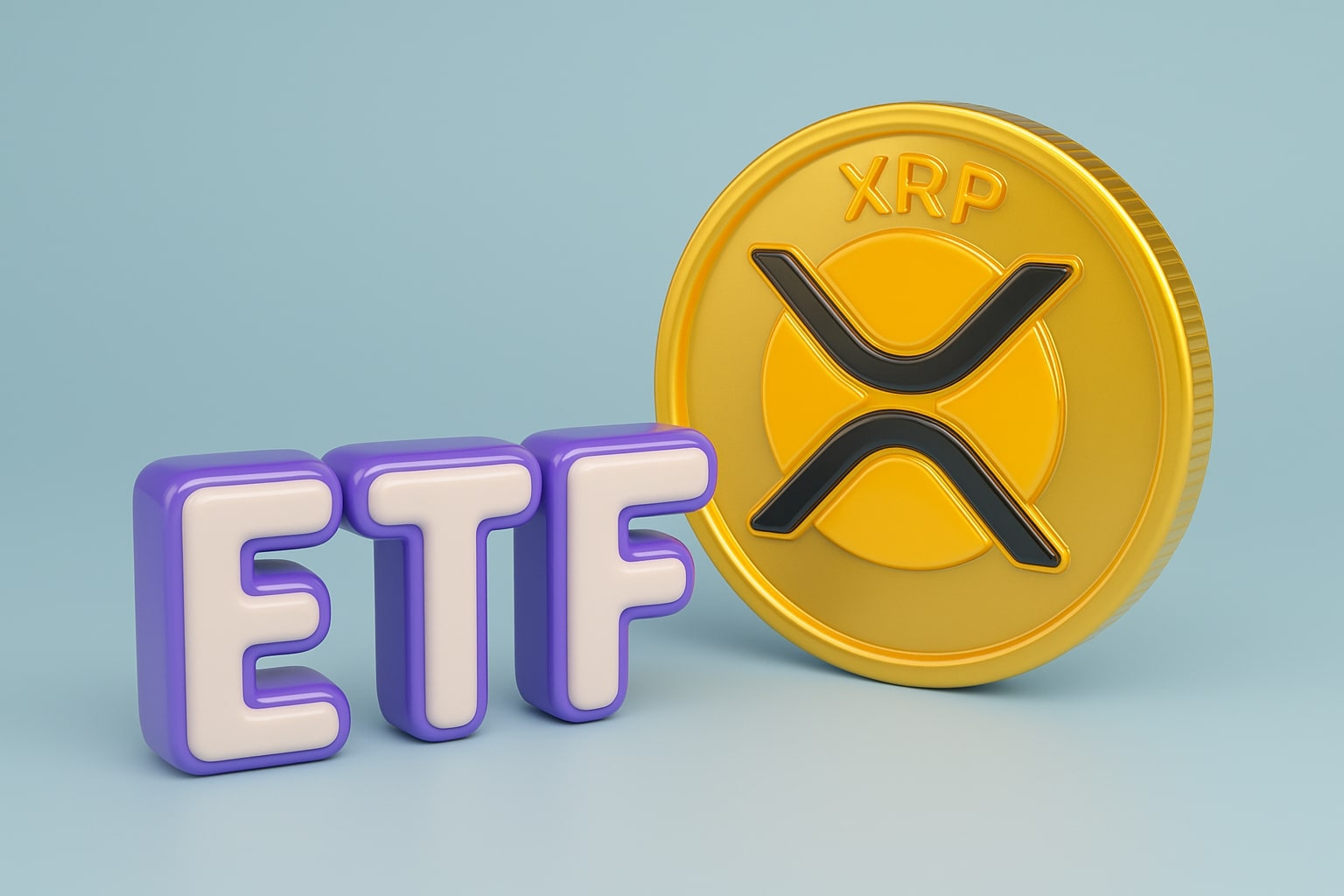U.S. Output Expands but Market Still Reacts to Refining Constraints
The U.S. continues to increase production, with the EIA now projecting 13.53 million bpd in 2025 and 13.51 million bpd in 2026, both record levels. Yet logistical bottlenecks — especially in the Permian Basin, where output recently plateaued near 6 million bpd — and refinery maintenance outages have limited immediate supply flexibility. Data shows refinery utilization slipped to 88.7%, while gasoline stocks declined by 1.6 million barrels, underscoring resilient consumption.
At the same time, exports remain robust. U.S. crude exports averaged 4.3 million bpd last week, while distillate exports topped 1.2 million bpd, reaffirming America’s role as a net energy exporter despite local stock builds.
Technical Setup: $65 Brent and $62 WTI Form Key Pivot Zone
From a technical perspective, both WTI and Brent are attempting to reclaim their short-term moving averages after a multi-week selloff. For WTI, the 50-day EMA sits at $63.60, and the 200-day EMA lies near $65.20 — levels that act as critical resistance. A sustained break above $65 would open the door toward $67.50–$69.00, while failure to hold above $61.70 risks retesting the $60.00 support floor.
Brent shows a similar structure, with the 50-day EMA near $67.20 and resistance at $69.00 (the top of the year’s trading range). Technical momentum is neutral to slightly positive, with the Relative Strength Index (RSI) recovering from 41 to 52, suggesting early signs of bullish rotation. However, overextension risk remains if speculative longs increase too quickly ahead of the next OPEC+ meeting in early November.
Medium-Term Outlook: EIA Sees Price Normalization After Q4 2025
While near-term fundamentals look supportive, the medium-term picture remains mixed. The EIA expects inventories to build into early 2026, potentially dragging Brent down to $52.16 and WTI to $48.50 before stabilizing later that year. The agency attributes this to rising non-OPEC supply — projected at 105.87 million bpd in 2025 and 107.17 million bpd in 2026 — outpacing demand growth, estimated at 103.99 million bpd and 105.11 million bpd respectively.
However, that oversupply narrative could change quickly if China extends stockpiling or OPEC+ deepens its cuts. With Russia’s capacity under threat and U.S. shale output nearing structural limits, the downside risks to prices appear more moderate than in past gluts. Analysts at ANZ emphasized that “until inventories rise decisively, markets will discount future surplus forecasts.”
Market Sentiment: Physical Tightness Meets Long-Term Uncertainty
Investor sentiment reflects this duality. Hedge funds increased their net long positions in Brent by 22,000 contracts last week, while WTI speculative longs grew by 18,400, marking the largest build in a month. Yet volatility remains subdued, with CBOE’s OVX index hovering at 28, signaling contained risk expectations.
Physical markets continue to underpin confidence. India, the world’s third-largest oil importer, has hinted it could increase purchases of discounted Russian barrels if spreads widen, while China’s imports remain above 11 million bpd, showing no meaningful demand deterioration. The OPEC basket rose 1.19% to $66.26, indicating steady price convergence across blends despite regional supply disruptions.
TradingNews Verdict: Crude Oil (WTI CL=F / Brent BZ=F) – HOLD Short-Term / BUY Medium-Term
Crude’s fundamentals suggest balanced near-term risk but an increasingly constructive medium-term setup. The combination of tight U.S. inventories, OPEC+ discipline, and macro easing provides a foundation for stabilization above $60 WTI and $65 Brent through Q4.
TradingNews assigns WTI (CL=F) and Brent (BZ=F): HOLD short-term, BUY medium-term, targeting $69 Brent and $65 WTI before year-end. While the EIA forecasts normalization toward $52–$48 by mid-2026, persistent underinvestment, Russian disruption, and post-rate-cut demand recovery could keep oil well above that range, solidifying the $60–$70 corridor as the new structural baseline for 2025.




















